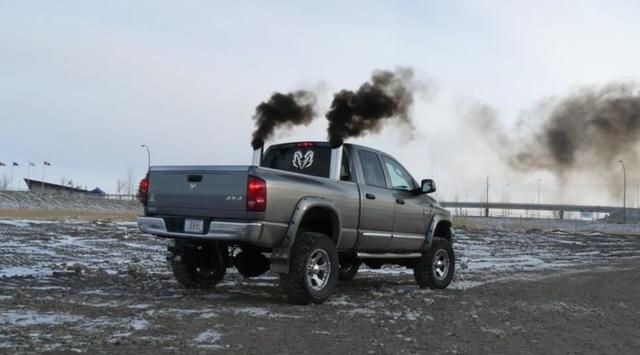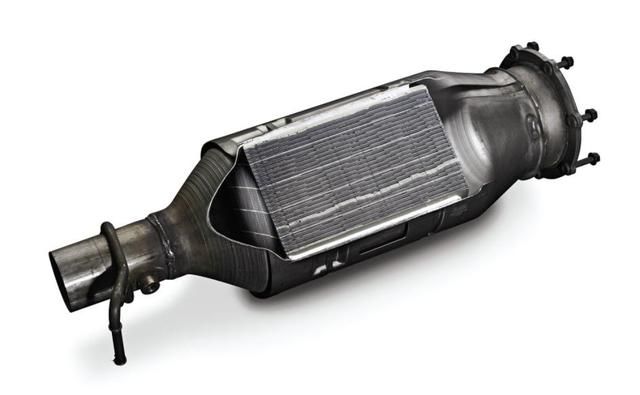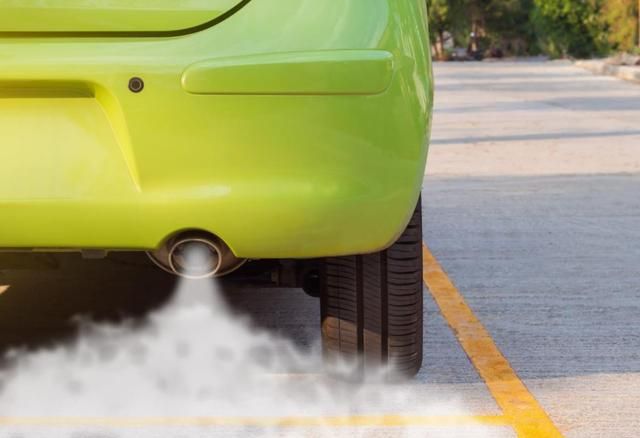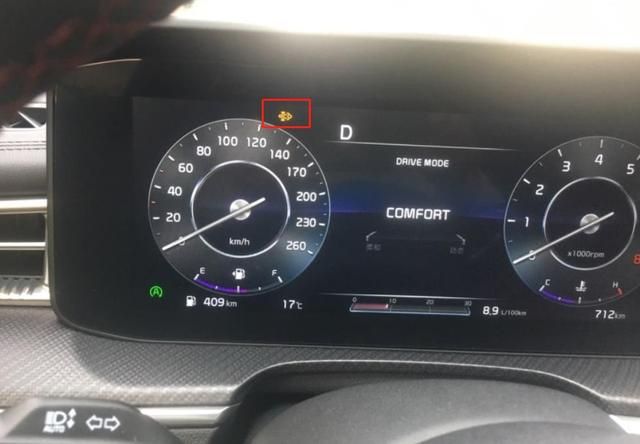With the increasingly stringent emission regulations, the standards for engines and emission systems are gradually increasing. Under the latest standards, many original engines cannot meet the standards. DPF (Diesel Particulate Filter), a particle filter exclusively for diesel vehicles, can reduce emissions without major changes to the engine. So what is a particle filter and will it affect the performance of the vehicle? Why do some users say that fuel consumption will increase?
*What is a DPF?
In layman's terms, a particulate filter (DPF) is a filter that captures and stores exhaust fumes to reduce carbon emissions from diesel or gasoline vehicles. The black carbon particles produced by the incomplete combustion of engine fuel are generally around 1 micron. If there is no restriction, it will emit black smoke like an old truck when you step on the accelerator deeply, which will aggravate the particulate matter pollution in the air and be harmful to health. Particle traps can capture anywhere from 30% to over 95% of harmful fumes.

* Why is the DPF blocked?
* Why is the DPF blocked?
The problem that users are most concerned about is the particle filter, but due to the limited capacity, the filter will be blocked after a certain period of time, resulting in an increase in exhaust back pressure, which will affect the performance of the engine and increase fuel consumption. Therefore, these collectors must be emptied or "burned" regularly of soot. If the DPF becomes clogged with soot or the system malfunctions, a warning light will appear on the dashboard of a typical car.

So what is easy to block? Based on owner feedback and experimental data, short trips at low speeds are the leading cause of exhaust particulate filter clogging. Compared with high-speed diesel trucks, you should pay more attention to the blockage when driving in urban areas frequently. At the same time, you should also use the correct type of fuel, and do not randomly choose fuel with additives. The emissions after the additives burn may cause the filter to burn clogs earlier.

* How to clear particle clogs?
Depending on the manufacturer's settings, there are two ways to unclog the filter, known as passive regeneration and active regeneration. The first, "passive regeneration," means that when the car is driven long distances and high speeds on the highway, the exhaust can automatically rise to a higher temperature to cleanly burn excess soot from the filter. Owners of cars with DPF are advised to regularly drive on the highway at a sustained high speed for 30-50 minutes to automatically remove filter sediment particles.

The second is "active regeneration," which is part of the vehicle's ECU trip computer control and automatically injects additional fuel when the filter reaches a preset limit (typically 45% clogged) to increase exhaust temperature and burn off stored carbon particles. But if the stroke is too short, the regeneration process may not be fully complete and the filter remains partially clogged.

In this case, you can drive at a speed above 60km/h for about 10 minutes to complete the regeneration cycle. When the warning light is completely off, it means the regeneration is complete. In the active regeneration mode, usually the engine cooling fan will run automatically, the fuel consumption will increase slightly, and at the same time, the ECU will increase the idle speed, and the exhaust pipe will emit a hot and pungent smell. But when the warning light is on, it means that it has been blocked by more than 45%. Therefore, we recommend running at high speed frequently and using low-ash engine oil (ash value standard 0.6-1.35). The lower the value, the less the ash content, so as to avoid problems.
Post time: Feb-21-2023